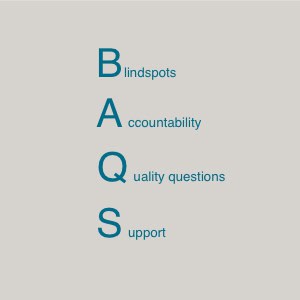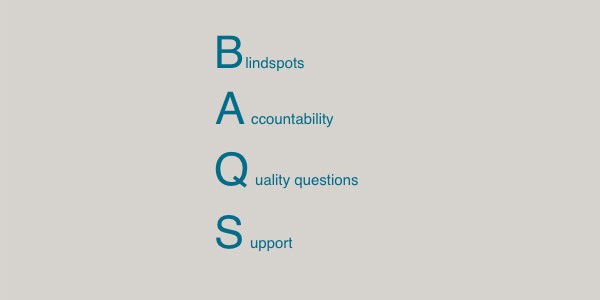Yes I Did And I’m Sorry (WT796)
BlogThe past few weeks I’ve been training Integrity and Values clients in how to interpret the Integrity and Values profile.
This is a profile I use to help my clients with recruitment, coaching and also include as part of the Leading Yourself and Leading Others experience.
I’ve been using the profile for about 17 years.
As I’ve been doing the training I’ve been reminded of the traits and how they can show up for people.
Two of the traits are Truthfulness and Responsibility.
Truthfulness refers to whether you will or will not tell the truth regardless of the consequences.
There are very few people who have high scores in Truthfulness because we are basically taught as children to lie to avoid hurting people’s feelings or to withhold information to avoid unpleasant consequences (think the Challenger mission, where it was known that the O Rings were faulty and still they launched).
Responsibility refers to our ability to take ownership for our results and outcomes.
As I taught the lesson, I shared an example from one of our friends.
As a young boy, one of their sons would do the wrong thing from time to time. When questioned, “Did you do that?”, his answer was always, “Yes I did and I’m sorry”.
The parents couldn’t really chastise him too much because he was taking responsibility.
Unlike his two brothers who would giggle and lie and give amazing stories of what happened, all in an attempt to blame someone or something else to avoid getting into trouble.
Following on from the training, I had cause to reflect on my own Truthfulness and Responsibility scores.
Was I willing to tell the truth even though it could potentially hurt people?
Was I willing to take responsibility for what I call, “my 50%”? We’re all co-creators, so on some level, I too am responsible for what happens.
How about you?
On a scale of 1-10, 1 being the lowest and 10 the highest, where do you think you would sit for both traits?
What’s your usual response? Are you a truth teller no matter what or do you selectively tell and withhold or somewhere in between? (A score of 5 or 6 /10 is average.)
Are you taking responsibility for your outcomes and results or do you look to blame others or become the victim?
The Integrity and Values profile measures 20 traits.
It’s a tool to use to predict leadership behaviour under pressure.
When the sun is shining and everything is going well, it’s easy to live into the traits.
When the pressure is on, the profile shows us where you will abandon that skill.
Reply and let me know your answers.
Reach out if you’d like to discuss how the profile could help you with recruitment, coaching and leading and managing your team.
P.S. Invite your friends to get the Weekly Thought delivered directly to their inbox.













